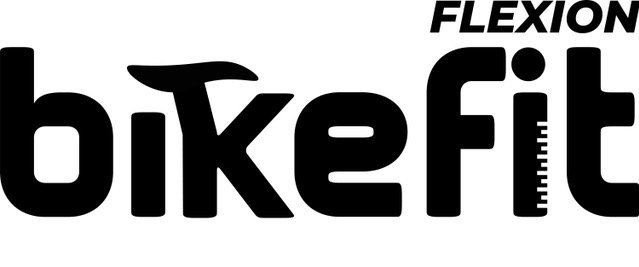Cycling has always been a strong passion of mine – I’ve often said that I got into the sport for the right reasons…for the love of it, not for the money. I know some of my peers gave up riding altogether when they stopped racing as a pro. Hard to imagine.
At any rate, as I look back on my many years of riding starting as a junior in 1977, retiring as a pro in 1992 and continuing to stay active in the sport into my 50’s, there is one constant that keep bubbling to the surface.
It’s about relishing in the experience that I have whatever I’m doing. It’s about living in the moment and taking the time to revel in the surroundings with the people that you’re with. I found that I look for (or maybe gravitate to) these kind of experiences in other parts of my life as well. It’s become part of my DNA.
I just returned from a weekend of skiing with a group of people that I barely knew. Thoughts ran through my mind. What would we talk about? Would I be accepted? We did the mammoth 4 hour drive from Edmonton to Marmot Basin in the Rockies spent a day skiing there and then drove further into BC to do a day of cat skiing in Valemount. Confession: cat skiing is truly cheating…no ‘skinning’ is required to gain elevation and each run is magnificent! However, the best part was getting over my unsuredness to know the group along the way which was at least as stimulating as the skiing itself.
Another example of that intuitive feeling was my first trip to Belgium in 1981 – much like Joe Parkin described in his book, “A Dog in a Hat” it was a hard scrabble few months with cold showers eating boiled rice and canned tuna. Not the kind of fun most 20 year olds would revel in. However, I first learned that this feeling of living in the moment could help me win bike races.
It was raining and the crosswinds were blowing hard as is normal for a multi-lap circuit kermesse race in Belgium (or Spring in the lower Mainland of Vancouver!). I was battling to stay in the front echelon while other riders attacked when a friendly Australian voice shouted out to me – “Alex, go across to the break if you can, I’m blown”. I looked over to see my friend Ricky Flood with pain written all over his face. I looked down at my legs, looked across at the growing gap between us and the breakaway and made the decision to jump. Across the gap I went and went on to win my first of 4 kermesse. Looking back it all seemed so easy but in reality, it was because I had put myself in the situation that provided the opportunity.
Another race situation that stands out for me was the amateur Tour of Belgium in 1985, racing for the national team. Again, crosswinds ruled the day and I was close to front when the race course dropped into a dip…intuitively, I somehow knew that when we came back out into the open we would hit the deadly crosswinds. As we came out I went to the front and went as hard as I could for a few minutes, leaving room for 3 guys on my wheel. I looked back and we had a gap which grew as we worked together. Attacking the break was a formality and I went on to win the stage.
My question to you is what situations are you putting yourself into that may be uncomfortable or foreign? And, when you are in those moments what are you feeling? I’d suggest to you that the best experiences are ones where you’ve overcome your fears and inhibitions to rise up and meet the challenge, no matter how big or small. Everyone has their internal ‘rev limiter’…see if you can push the boundaries just a bit next time you find yourself feeling uncomfortable…you might be surprised at what happens.











